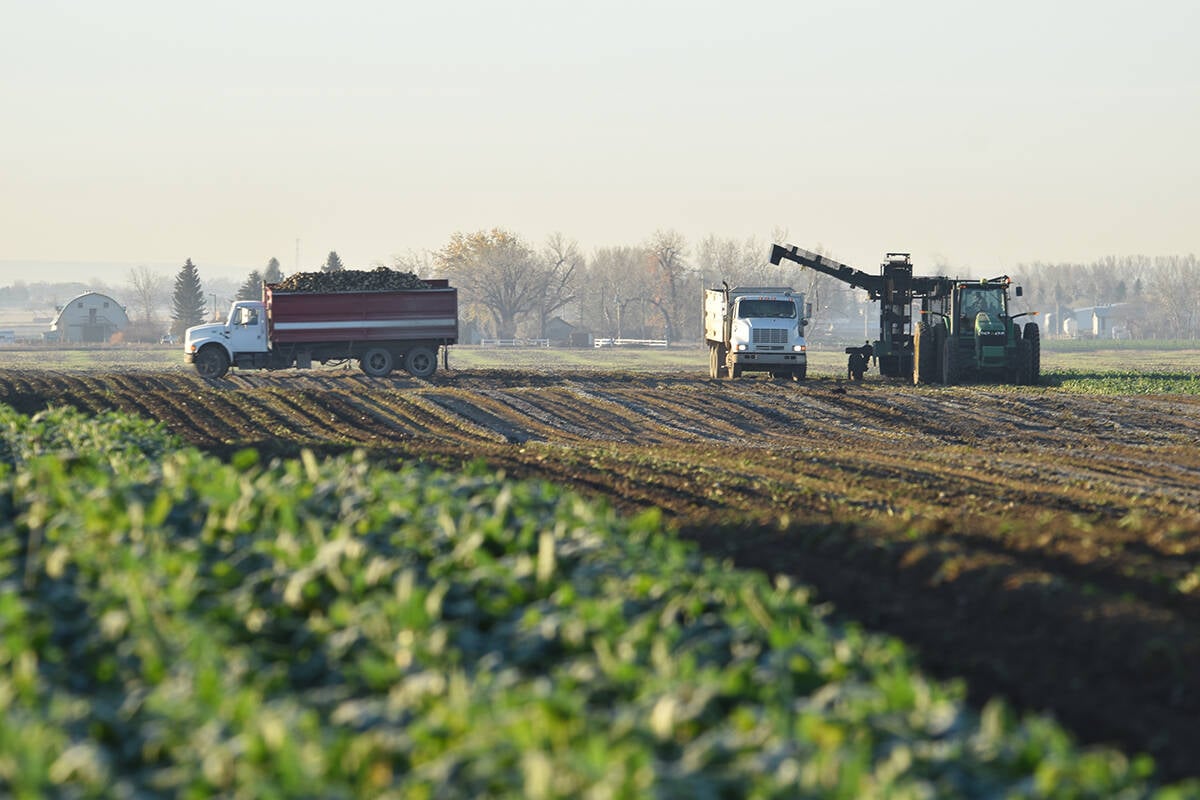Anthrax appeared in both wet and dry regions of the Prairies last week.
In Saskatchewan as of July 31, 409 animals had died in 25 rural municipalities, resulting in 86 farms or pastures being cited as containing the bacteria. In Manitoba, 11 sites were found to have cases of anthrax, with 88 animal deaths in five RMs, mostly in the southeast.
In Saskatchewan, anthrax appeared last week in the south near Chaplin, Sask., outside of the northeastern and central areas where, until recently, all of the 2006 cases had been found.
Robin Locke of the Canadian Food Inspection Agency said there appears to be a fairly steady level of incidents on a week-by-week basis.
Read Also

Canada the sole G7 nation without a Domestic Sugar Policy to aid local sugar beet production
Canadian sugar beet industry vastly different to US with free-market system compared to protective government-regulated sugar program
Chris Clark at the Western College of Veterinary Medicine at the University of Saskatchewan, said the new spot is likely unrelated to the other cases, with the southern cases caused by drought rather than spring flooding.
“When it’s dry, livestock will begin grazing the slough bottoms, areas where they don’t normally feed and that is where they run into the bacteria,” he said.
CFIA recommends producers consult their local vet about whether to vaccinate their animals against the infection.
Clark said heat, unweaned calves and pregnant cows complicate any unseasonal roundup. A day in corrals, runways and chutes could also cause abortions, injured cattle and stress-related disease.
The cost of vaccination is small compared to the cost of getting the animals into the chutes.
“It really is a local decision whether or not to vaccinate. And it’s one that is driving pasture managers to distraction,” Clark said.
Community pasture managers say they are “damned if they do (vaccinate) and damned if they don’t,” said Clark.
Producers with cattle in public ranges are phoning pasture managers encouraging both courses of action. But Clark and CFIA officials say it should still be a local decision on a case-by-case basis.
Local knowledge is key to coming up with the right choice in this situation, said Sandra Stephens of the CFIA.
“The local vet knows the conditions in the area and can advise his or her producers on the risks of either action.”
Stephens said pasture managers must make decisions for producers with varying tolerances to risk. Some have called patron meetings at which local vets explain the pros and cons of vaccination in that area.
Rick Ashton of Saskatchewan Agriculture’s land management branch operates 20 pastures in the region affected by anthrax this year. He said his staff has had to face a lot of calls from concerned producers, but added vaccination is done only where it is appropriate. So far provincial pastures have had two infected animals, and those were in pastures already vaccinated.
“We are listening to our patrons and in the end will do what they recommend and get them the best advice we can,” Ashton said.
Meanwhile, he said, the pasture staff and horses are putting in long days.














